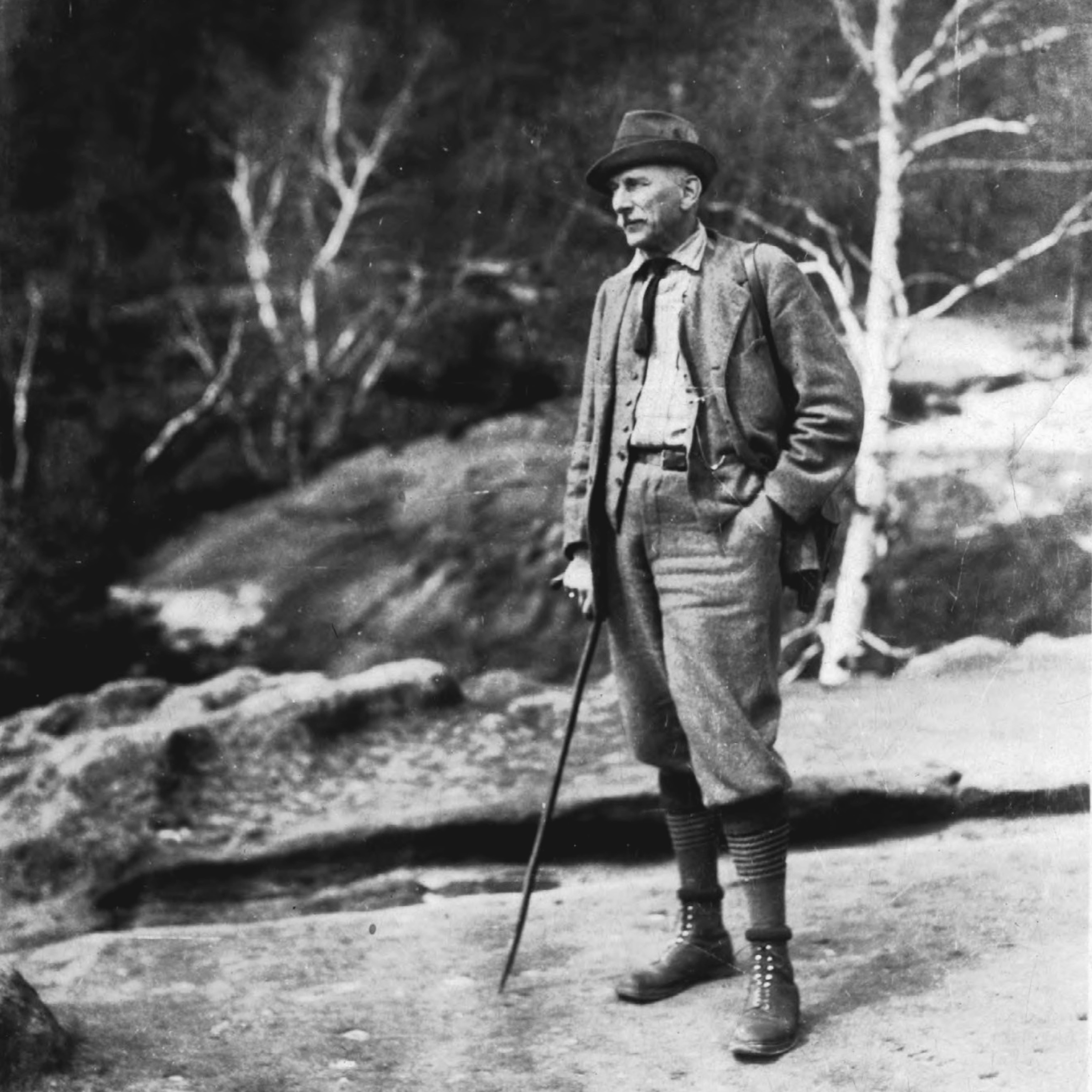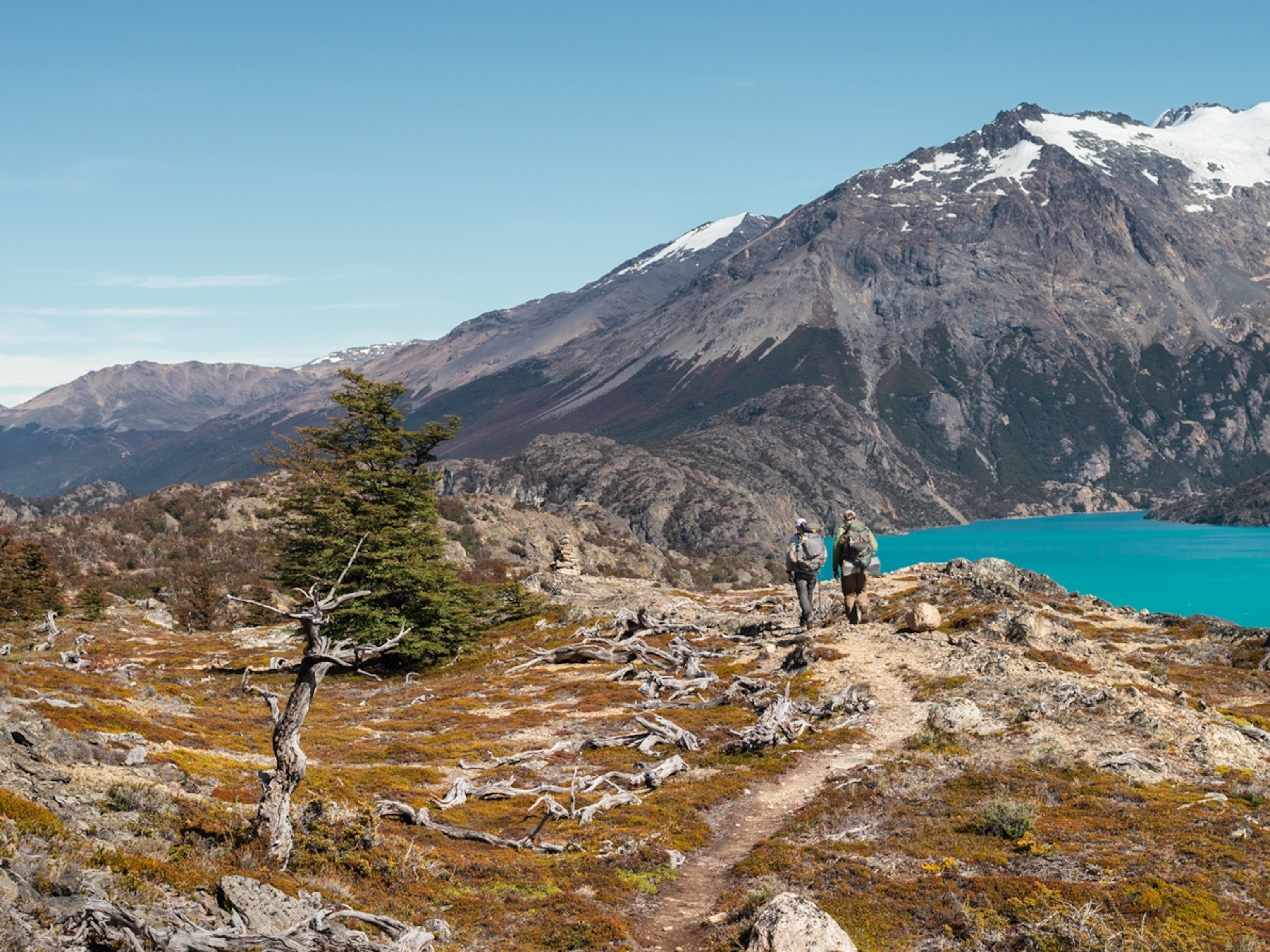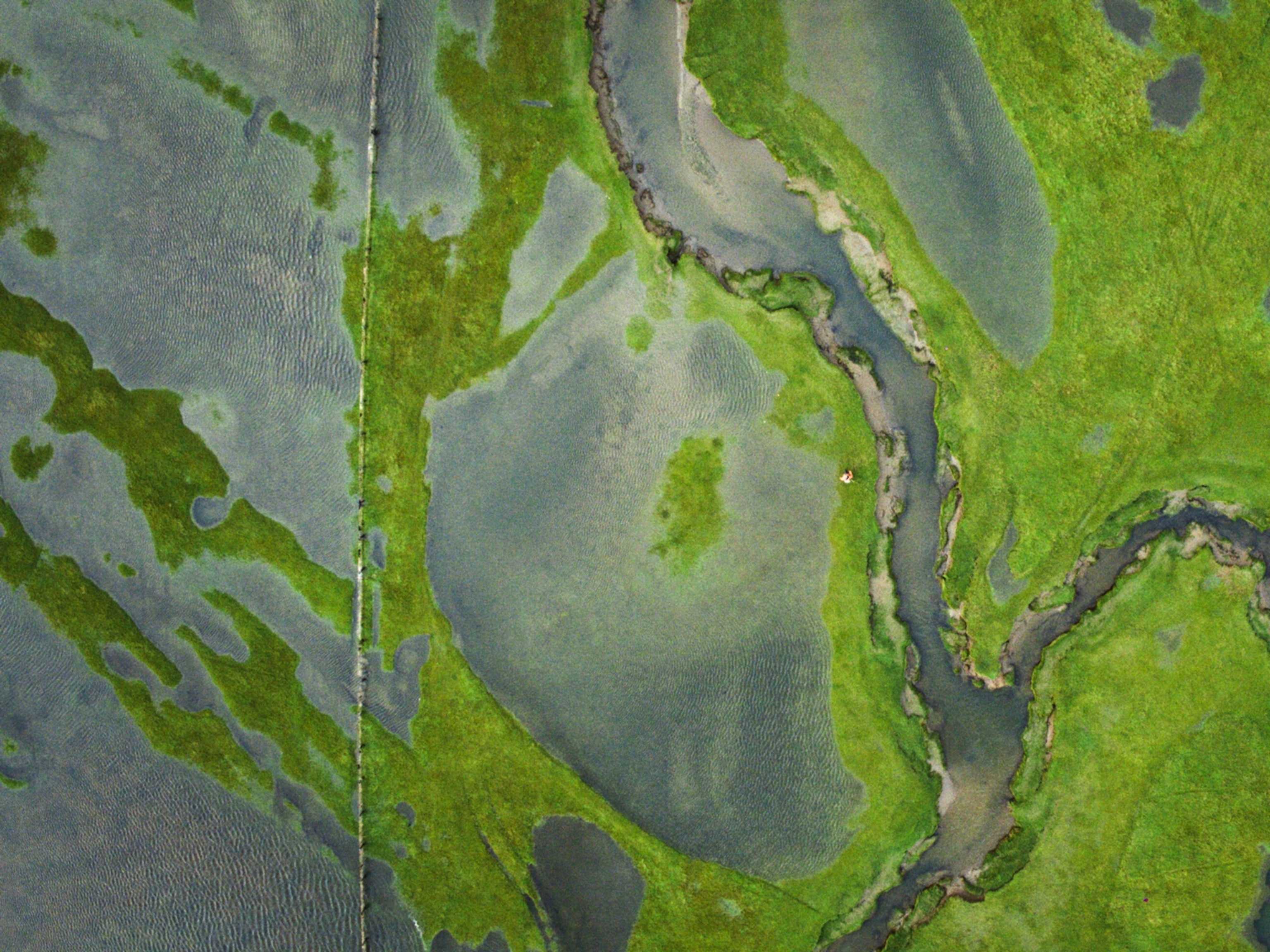On a warm day in March 1982, biologist Francis “Jack” Putz strayed into a knot of black mangrove trees seeking relief from the afternoon heat. Drowsy from his midday meal and hours of fieldwork in Costa Rica’s Guanacaste National Park, Putz decided to lie down for a short siesta.
As he gazed skyward, the wind stirred the tops of the mangroves above him, causing the limbs of neighboring trees to claw at each other and snap off some of their outermost leaves and branches. Putz noticed that this reciprocal pruning had left tracks of empty space running through the canopy.
This network of treetop chasms, called crown shyness, has been documented in forests around the world. From the mangroves of Costa Rica to the towering Borneo camphor trees of Malaysia, gaps in the greenery abound. But scientists still don’t fully understand why the tops of trees so often refuse to touch.
Beneath the mangroves 40 years ago, teetering on the verge of a post-lunch snooze, Putz reasoned that trees need personal space, too—a critical step toward unraveling the roots of the branches’ bashful behavior.
“I often make great discoveries at naptime,” he says.
Today, a growing body of work continues to support the early observations of Putz and his colleagues. Wind, it seems, plays a crucial role in helping many trees maintain their distance. The boundaries carved by bouts between branches may improve the plants’ access to resources, such as light. Gaps in the treetops might even curb the spread of leaf-munching insects, parasitic vines, or infectious disease.
In some ways, crown shyness is the arboreal version of social distancing, says Meg Lowman, a forest canopy biologist and director of the TREE Foundation. “The minute you start keeping plants from physically touching each other, you can increase productivity,” she says. “That’s the beauty of isolation … The tree is really safeguarding its own health.”
Tussling in the treetops
Though descriptions of crown shyness have appeared in scientific literature since the 1920s, several decades passed before researchers started systematically digging into the phenomenon’s cause. Some scientists initially pursued a hypothesis that trees were simply failing to fill the spaces between their canopies due to a lack of light—a crucial resource for photosynthesis—where their foliage overlapped.
But Putz's team published research in 1984 showing that in some cases, crown shyness may simply be the product of a battle between windblown trees, each racing to sprout new branches and parry strikes from their neighbors. In their research, the more mangroves swayed in the wind, the more widely their canopies were spaced from those of their neighbors—some of the first results supporting this so-called abrasion hypothesis to explain the treetop patterns.
About two decades later, a team led by Mark Rudnicki, a biologist at Michigan Technological University, measured the forces jostling lodgepole pine trees in Alberta, Canada. Windy forests full of tall, spindly trunks of similar height were especially prone to crown shyness, they found. And when Rudnicki and his team used nylon ropes to prevent neighboring pines from colliding, the plants interlocked their canopies, filling in the gaps between adjacent crowns.
Other scientists have found clues that several paths to crown shyness likely exist, and some are perhaps less combative than these windy tussles. For instance, Rudnicki says some trees may have learned to stop growing at their tips entirely, wising up to the fact that any new foliage will be stripped away.
Trees could thus avoid unnecessary damage, says Inés Ibáñez, a forest ecologist at the University of Michigan. “Growing new tissue is very costly for plants … It’s like the trees being preemptive: Let’s not grow here because it’s not worth it.”
Some trees may be capable of taking this prudence a step further by using a specialized sensory system to detect chemicals emanating from nearby plants. “There’s a growing body of literature around plant cognizance,” says Marlyse Duguid, a forester and horticulturist at Yale University. Data on chemical communication in woody plants is sparse, but if trees can sense each other, they may be able to halt canopy growth before they’re forced to tussle.
The perks of personal space
Regardless of how crown shyness occurs, the separation likely comes with benefits. “Leaves are like a tree’s most expensive diamonds—you want to protect them at all costs,” Lowman says. “If a whole bunch get bumped off, that’s a terrible disaster for the tree.”
Sparser foliage could also help sunlight reach forest floors, nurturing the ground-dwelling plants and animals that in turn support arboreal life. Putz thinks the gaps may even help trees avoid invasive, woody vines called lianas—which are common in tropical and temperate forests around the world—or buffer the plants against disease-causing microbes and flightless insects that use canopies as conduits. (Some germs and bugs could still theoretically make the hop when trees box in the breeze.)
Many of these possible advantages, however, have yet to be conclusively linked to crown shyness. Forest canopies—the tops of some of the world’s tallest plants—aren’t easy to study, says Lowman, a self-described “arbonaut” and one of the few scientists who has made a career studying canopies. Examining the tops of trees requires quite a bit of climbing, balance, and bravery. “The limiting factor is our inability to deal with gravity to get to those places,” she says.
Still, ignoring the canopy of a tree is like trying to understand the human body from only the waist down, Lowman says. The crowns of trees teem with life—and much of this biodiversity may still be undiscovered, especially in the tropics.
Luckily, crown shyness “isn’t something you have to get on a plane to see,” Putz says. “It’s happening all around—and what an enriching thing for people to look up and see.”







